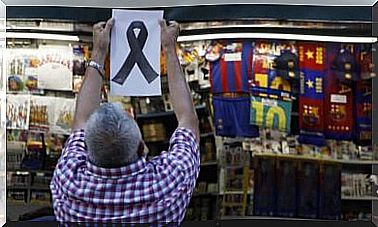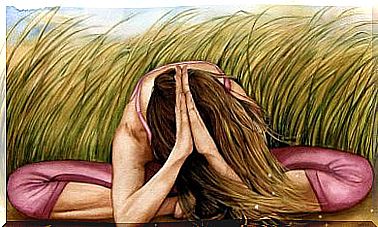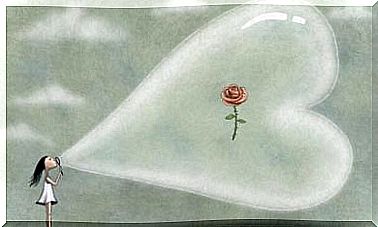The Black Paintings By Francisco De Goya
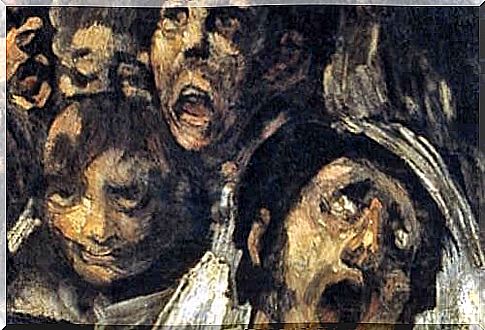
The black paintings of Francisco de Goya remain a mystery. This series of mysterious and cruel paintings that adorned the Quinta del Sordo was created through a unique cosmogony, the product of a tired and desperate mind. It is safe to say that they were determined by an interesting historical context marked by oppression.
Was the agony Goya endured a result of a mental disorder? Or was it perhaps the result of those desperate times that gave him the old age, deafness and impending violence of a troubled Spain? Maybe it was the combination of all of these things. One thing is certain, however: it is impossible to ignore the creative universe of any artist. They reflect their misfortune on every single canvas.
The fourteen works of the so-called Black Paintings represented a remarkable change in his career. He went from light to shadow. Goya, who was once the master of color, lived in a house where darkness stained the walls. Although he was the most pre-eminent portrait painter in Spanish Enlightenment society, he adorned his home with deformed, burlesque, and demonic faces.
Perhaps these characters helped distract his mind from all the horrors he had seen in the past. As a result, Goya foresaw contemporary painting without knowing it. Ultimately, Expressionism was the result of this deliberate distortion and hue of a tortured black soul.
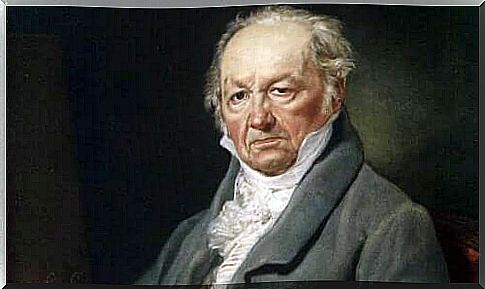
The Black Paintings by Francisco de Goya
Mercury, vermilion, orpiment, white lead, anthracite black, Prussian blue, and various types of ocher. These were the pigments that Francisco de Goya himself made and used to create the black paintings in the Quinta del Sordo. Thanks to various historical documents and testimonies of the time, it is possible to know the previous location of these paintings.
On the upper floor were:
- Men reading
- Holy Office promenade
- Asmodea
- The dog
- Atropos (Fate)
- Two old men
- Women laugh
Oddly enough, he painted the darkest and most overwhelming works in the dining room, which was on the ground floor and was used for social events. There were:
- Saturn devours his son
- Pilgrimage to San Isidro
- The Witches’ Sabbath
- La Leocadia
- Two old men eat soup
- Judith and Holofernes
Although many of his guests were shocked by these images, he was unconcerned about them. It is important that we remember that Goya was always an uncomfortable character to the Inquisition; every ecclesiastical institution, viewed him as an artist who did not hesitate to portray the perversions of those who put their own interpretation into his art.
One of the goals of our article on the black paintings is to learn what drove him to create these works. Of course, we wonder about his mental state and whether he suffered from a mental disorder or not. However, we also wonder whether he painted them out of a purely emotional need to simply enjoy them or whether he wanted to leave a legacy (especially his grandson, to whom he left the Quinta del Sordo).
In order to understand his inner world, we will analyze some aspects of his work below.
The sleep of reason produces monsters: Susac syndrome
In order to understand Goya’s Black Paintings , it is convenient to first talk about Los Caprichos . These 80 paintings tell us about changes in the life of the artist. At this point he was affected by an autoimmune disease.
Susac syndrome appeared when he was 46 years old and the disease gradually weakened his physical and mental health. He suffered constant headaches, dizziness and visual disturbances. All of this created a new pigment in this master’s art, full of darkness and fear.
Deafness was one of the neurological effects of this rare disease. His sensory powers were deformed, they lost momentum, light, sound and hope, just like the society that surrounded him. Los Caprichos was the first approach to the unconscious, to this inner world in which he wanted to capture the grotesque, monstrous and fantastic in a way that nobody had done before.
In these paintings Goya reflected the superstitions of the common people of the time; those who believed in ghosts, witches, demons and other nocturnal creatures that invaded the dreams of the enlightened.
“Saturn devours his son”, one of the most famous works from Goya’s “Black Paintings”.
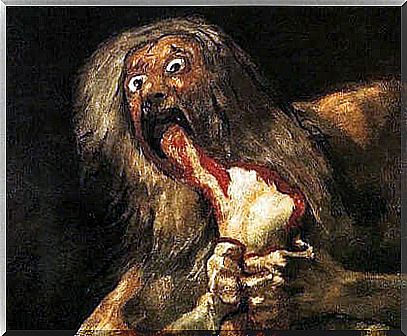
The black paintings and the delirium tremens of a sickly brilliant mind
In addition, disturbing characters inhabit many works of art by Francisco de Goya (1746-1828). Was this the reflection of a mental disorder? Absolutely. He was an artist who reflected the irrationality of a depreciated society like no other, a society that surrounded him and that drove him to despair.
Few fictional characters conveyed inner agony, loneliness, fear, and despair in a way that Goya did. When he arrived at his country house, Quinta del Sordo, memories still came to mind, including the sound of executions and the pain of exile and infidelity.
Dr. Ronna Hertzano from the University of Maryland gave us a little more detailed explanation of Susac syndrome. Basically, it leads to inflammation of the brain. This, in turn, leads to hallucinations and poor blood supply to the eyes and ears, irrevocably leading to deafness, blurred vision and more suffering.
The black paintings have no light because there was no hope for Francisco de Goya. He was a desperate man who suffered in a chaotic world. Interestingly, Freud used Goya’s mythological figures in Saturn Devouring His Son and Judith and Holofernes for his theories. The symbolic record of these works merely represents the darkest and scariest of human urges.
In short, Goya did nothing but connect with the darkness of the world to give shape to his nightmarish paintings. Thanks to his works, the darkest human nature rose to the surface and we can see those shadows that we do not always want to acknowledge.
